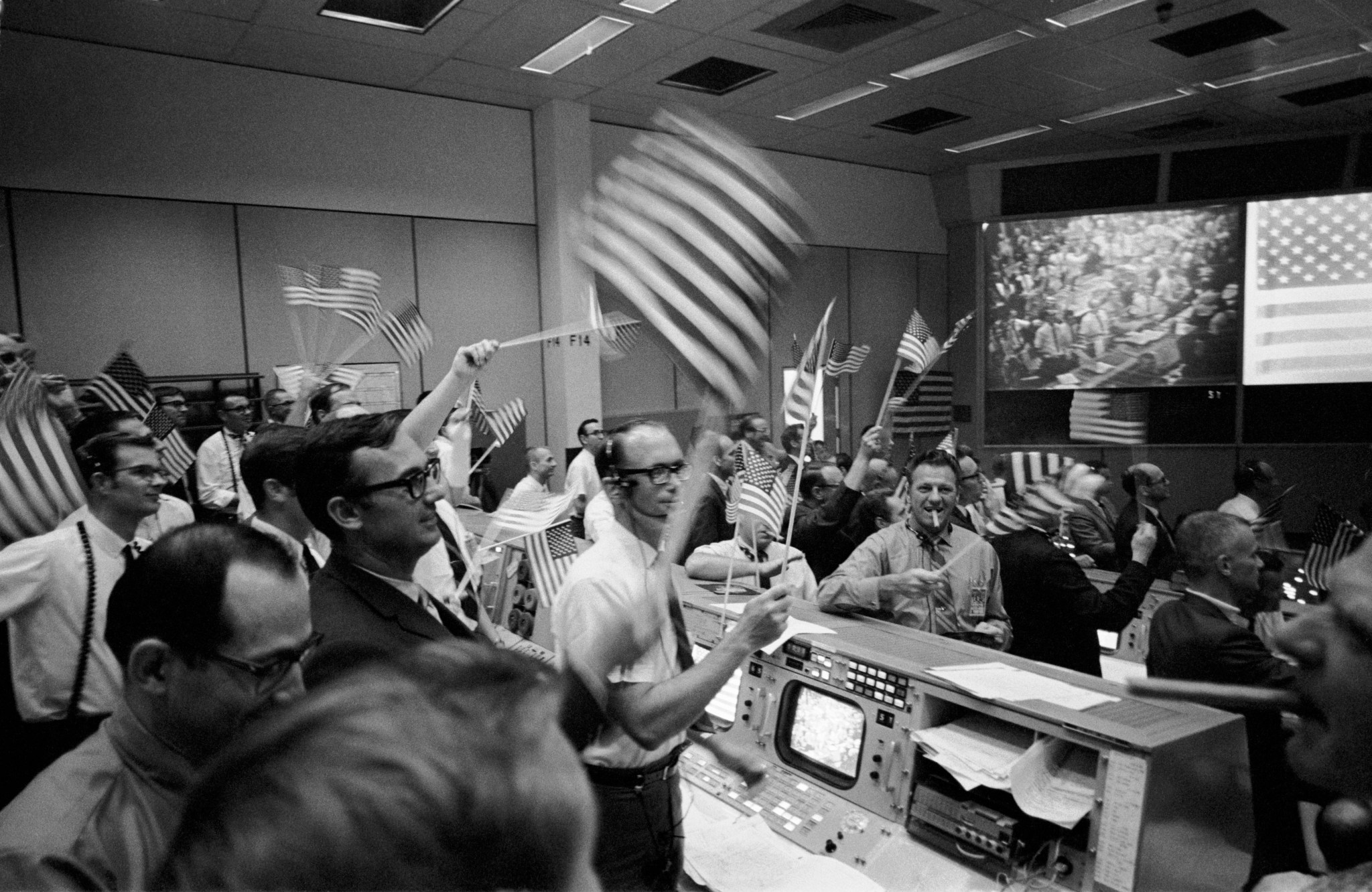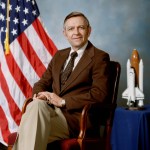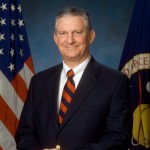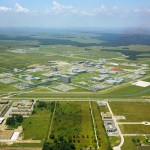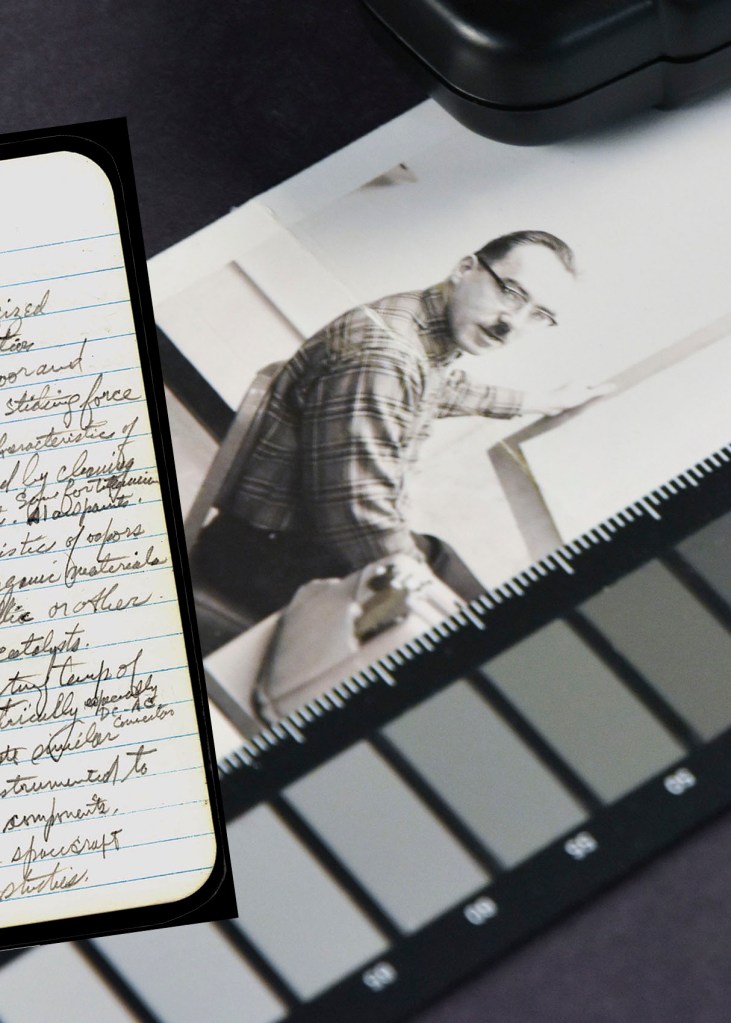Johnson Space Center Directors
In September 1961, only a few months after President John F. Kennedy’s proclamation that the United States would send a man to the Moon and return him safely to Earth by the end of the decade, NASA Administrator James E. Webb announced Houston would be the site of a brand-new spaceflight center dedicated to achieving that goal. Since opening its doors in 1964, the Johnson Space Center, or the Manned Spacecraft Center as it was then called, has designed, developed, and tested the nation’s spacecraft, selected and trained the flight crews, and overseen NASA’s human spaceflight missions at the Mission Control Center.
Johnson’s engineers conceived of the spacecraft that made it possible to travel to and return from the lunar surface, developed the world’s first reusable space vehicle, the Space Shuttle, and designed the next-generation spacecraft Orion, the Multi-Purpose Crew Vehicle.
JSC’s leadership in human spaceflight extends beyond hardware and systems engineering into flight planning, crew training, and support for spaceflight missions. Since 1965, with Gemini IV, flight controllers in the Mission Control Center have monitored and managed missions in real time for NASA’s human spaceflight programs. These include the historic Moon landings as well as more than a hundred Space Shuttle missions from 1981 to 2011 including the launch of STS-1, the first launch of the Space Shuttle Orbiter. Their efforts continue today with the International Space Station expeditions. With more than 50 years of experience in operations, the team at JSC has developed a plan-train-fly model built on the knowledge learned during the early years of spaceflight. While technology has changed since the sixties, the basic principles remain the same. When faced with extraordinary circumstances, such as the Apollo 13 mission, NASA flight control teams, engineers, and flight crews have demonstrated NASA’s “can do spirit” in accomplishing the mission.
There’s been a “can do” spirit about this place. “Somehow we’ll find a way.” And I think woven in there is a little bit of the spirit of Texas. There’s a little bit of the frontier independent mentality in the Johnson Space Center that’s very nicely represented by those longhorns that are out there. It’s just another reminder that there is a special spirit about that.

Harvey L. Hartman
Director of Human Resources, 1991-1999, Johnson Space Center
Life scientists at Johnson are world-renowned experts on the impact of microgravity on the human body and the development of counter measures to enable long duration expedition missions. Their studies, conducted on the International Space Station and in JSC laboratories, have demonstrated significant benefits well-beyond the spaceflight community. Challenges associated with the extreme isolation and cold of space can be found in harsh environments on Earth, and the physiological and psychological lessons learned from space research have been successfully applied in similar situations.
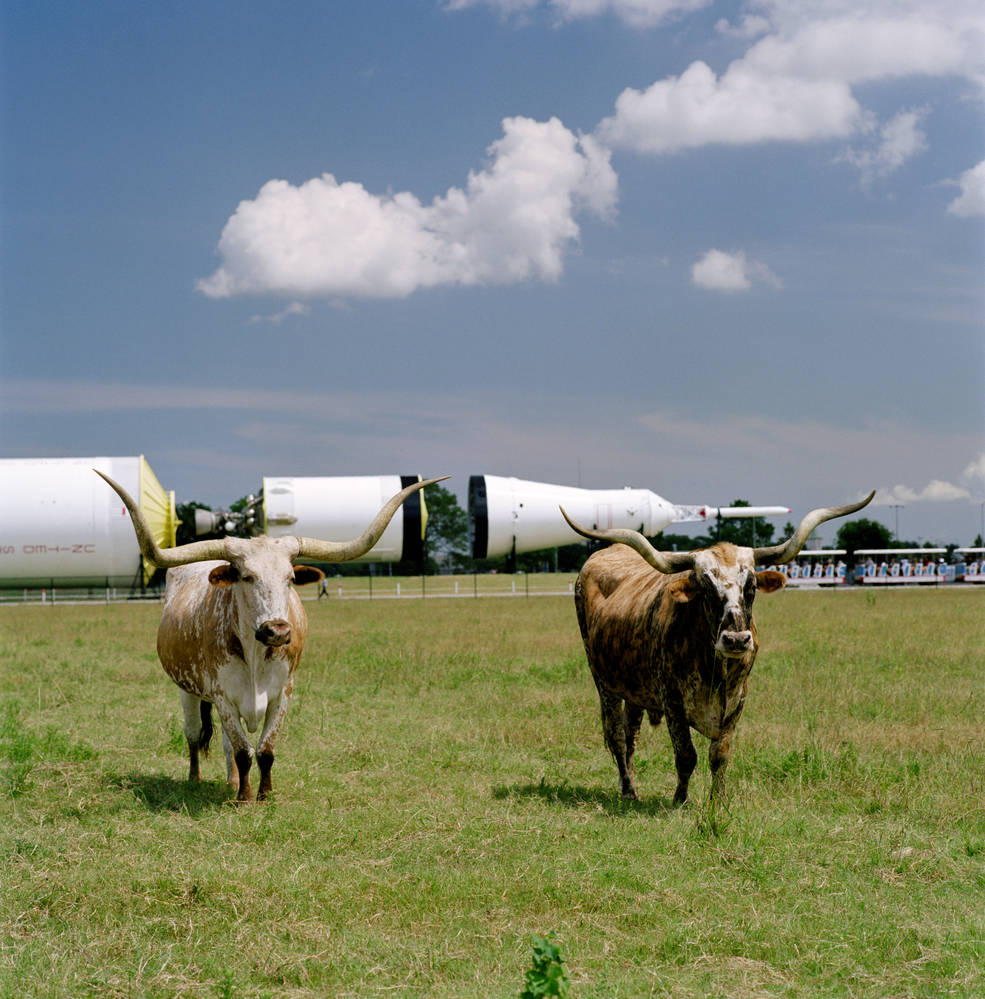
Finally, Johnson Space Center has led the nation in the preservation and curation of astromaterials for future study, beginning with the Apollo Program and the creation of the Lunar Receiving Laboratory. The techniques developed during Apollo have evolved as curators apply new technologies to preserve increasingly diverse sample collections—from the Sun to comets—in specialized facilities. More than 60 years after its creation, Johnson remains in the pioneering business as curators are determining how best to prepare for future sample return missions from Mars and beyond.
Giant leaps continue to be made at Johnson, with its world-class research facilities and employees that make the Center the global leader of human spaceflight.

Houston We Have a Podcast
From Earth orbit to the Moon and Mars, explore the world of human spaceflight with NASA each week on the official podcast of the Johnson Space Center in Houston, Texas. Listen to in-depth conversations with the astronauts, scientists and engineers who make it possible.
View SeriesLearn More

White Sands Space Harbor History
From 1976 to 2011, NASA operated and managed the White Sands Space Harbor for astronaut training operations and as an alternate landing facility for the Space Shuttle Program. During the program's retirement and transition process, the facility was permanently closed and the property was formally returned to the U.S. Army.
Related Topics
Explore NASA's history through the recollections and experiences of the people who were making the decisions and doing the work, and read about the efforts of the Agency's historians and archivists to capture and share that history every day.



























